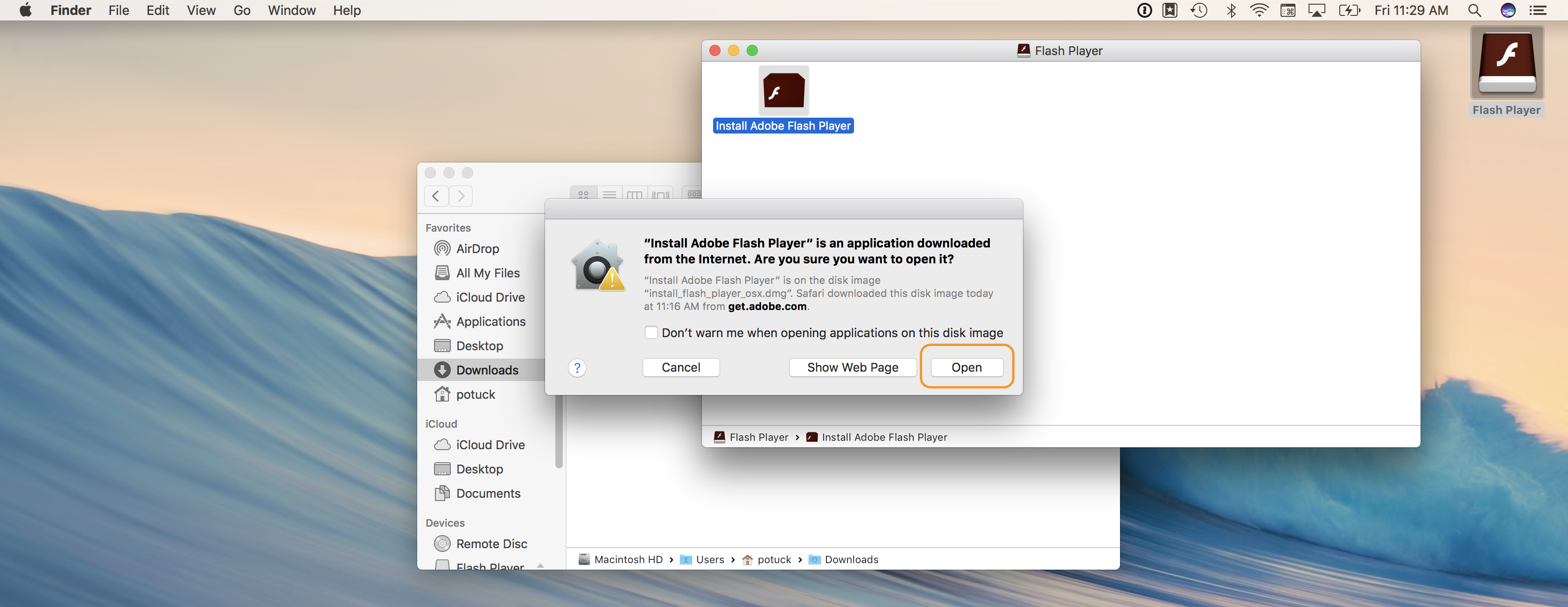

Listed beneath your computer’s serial number will be the version of OS X that your MacBook Pro is running. To see what OS X version your computer is running, click the Apple icon at the top left of your screen and select About This Mac. Now that you’ve determined that your MacBook Pro hardware is compatible with OS X Yosemite, it’s time to check what version of OS X your MacBook Pro is running in order to determine how to update your software.

Here are the MacBook Pro models that are compatible with OS X Yosemite, according to Apple’s website. Due to the rapid pace of advancement in computer hardware development, there is a limit to the backward compatibility of Apple’s latest operating system with certain older MacBook Pro computers. Check your MacBook Pro hardwareįirst, you will want verify that your MacBook Pro hardware is compatible with the latest version of OS X. However, before you visit Apple’s website to download the latest version of OS X, there are several steps you should take first to ensure the upgrade process goes as smoothly as possible. This free upgrade tradition continued in 2014 with Apple’s latest desktop operating system, OS X Yosemite. While Apple previously charged users for its desktop operating system software, in October 2013 the California-based company announced that OS X Mavericks would be made available for free from the Mac App Store. If you own a MacBook Pro, regularly updating your Apple laptop with the newest operating system is a great way to ensure that your device always has the latest apps, features, and security enhancements. If an error occurs while installing an update or upgrade, learn how to resolve installation issues.Just as Apple regularly updates its iOS mobile operating system, the company also periodically updates its OS X operating system for its MacBook Pro computers. If you downloaded any apps from the App Store, use the App Store to get updates for those apps. When Software Update says that your Mac is up to date, then macOS and all of the apps it installs are up to date, including Safari, Messages, Mail, Music, Photos, FaceTime, and Calendar. Software Update shows only upgrades that are compatible with your Mac. Upgrade Now installs a major new version with a new name, such as macOS Monterey.Update Now installs the latest updates for the currently installed version, such as an update from macOS Big Sur 11.5 to macOS Big Sur 11.6.If your System Preferences doesn't include Software Update, learn how to upgrade to macOS Monterey or upgrade to an older macOS, and use the Updates tab of the App Store app to get app updates. In the System Preferences window, click Software Update.From the Apple menu in the corner of your screen, choose System Preferences.Then follow these steps to find and install any available software updates or upgrades. Before you get started, it's a good idea to back up your Mac.


 0 kommentar(er)
0 kommentar(er)
